Research Report: 2023
▼ Choose a report:

Powered by Research & Graduate Studies

Powered by Arts and Social Science
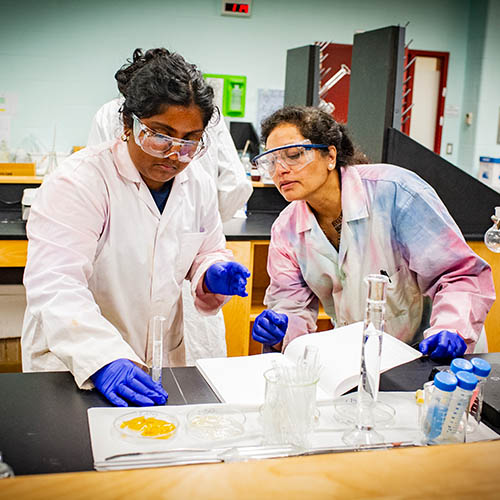
Powered by Science and the Environment
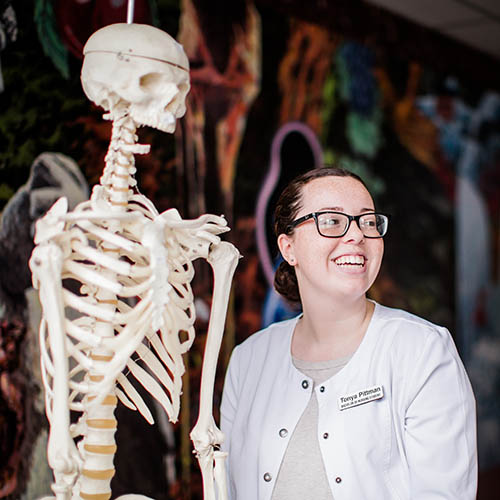
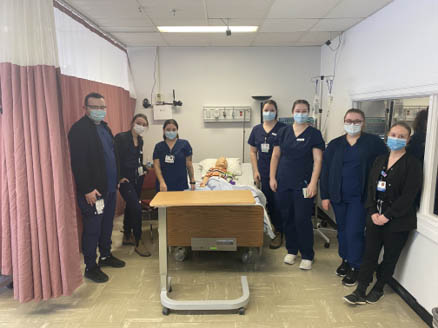
Group of nursing students doing a high fidelity simulation with clinical instructor Hilliary MacIsaac
The Western Regional School of Nursing (WRSON) implemented a new clinical placement model for second-year Bachelor of Science in Nursing (BScN) students to address evolving healthcare demands.
The traditional model focused on acute care settings, including medical-surgical units, pediatric units, and simulation labs. However, increasing patient acuity and limited foundational skill development prompted a shift. Students in Year 1 participated in long-term care (LTC) placements but were restricted from medication administration. The Year 2 revised model now integrates LTC placements with pediatric units and simulation labs. This change aims to enhance skill development in areas such as physical assessments, medication administration, and documentation while promoting LTC as a career path.
The revised curriculum emphasizes holistic nursing care across the lifespan, addressing conditions along the wellness continuum. Key theoretical concepts covered include development, mobility, nutrition, fluid/electrolyte balance, elimination, cellular regulation, glucose regulation, inflammation, and infection. These topics are applied in LTC placements, allowing students to bridge theoretical knowledge with clinical practice.
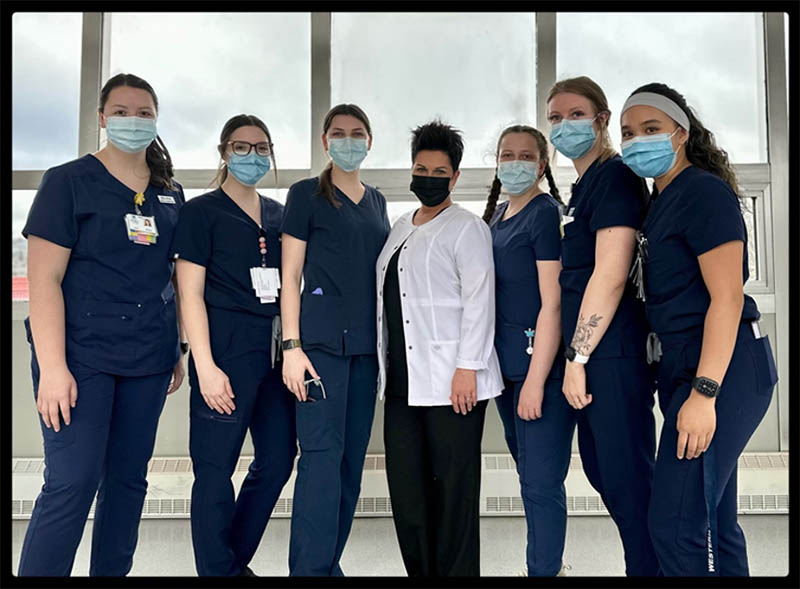
Clinical group with instructor Nicole Cave
Weekly two-hour labs cover practical skills such as enteral tube management, tracheostomy care, orthopedic measures, and wound care.
The clinical component spans 8 hours per week for 12 weeks, distributed as follows:
Programs like KHOP and IPE enhance pediatric nursing skills and interdisciplinary collaboration. KHOP connects nursing students with kindergarteners through health promotion activities, fostering leadership and pediatric communication. IPE sessions address complex pediatric cases involving social and medical challenges, allowing students to engage in live discussions with peers from fields like social work and psychology.
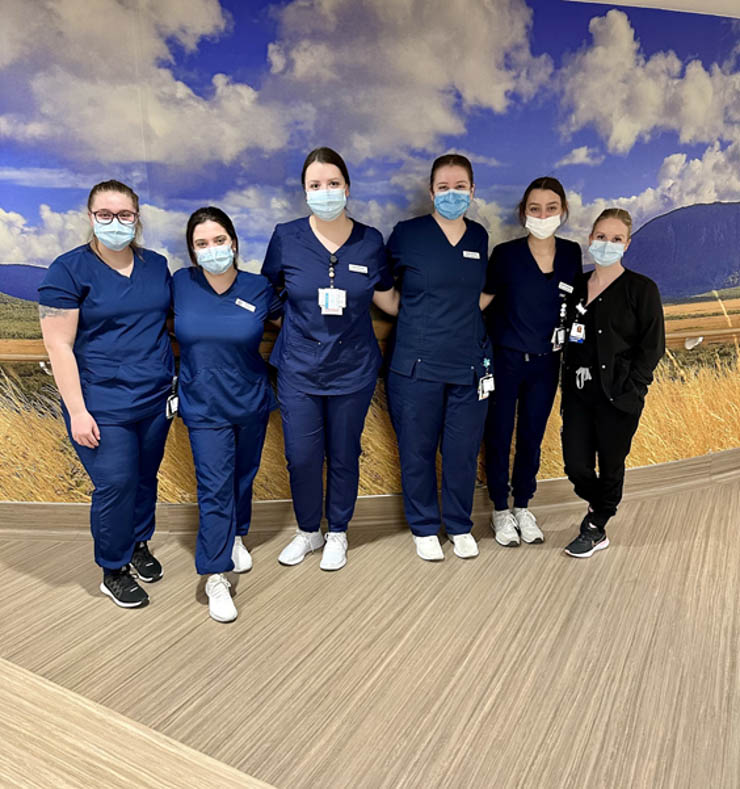
Clinical group with instructor Hilliary MacIsaac
High-fidelity simulation scenarios, such as pediatric acute care cases, improve decision-making and time management in controlled environments. Evaluation data revealed that 81% of students agreed simulations enhanced their prioritization skills, while 76% noted improved understanding of care priorities across the lifespan.
Students and instructors praised the LTC atmosphere, improved confidence in medication administration, and enhanced time management skills.
Recommendations included:
The integration of non-traditional placements in Year 2 BScN education reflects WRSON's commitment to preparing students for diverse nursing roles. By leveraging LTC settings, innovative pediatric programs, and robust simulation experiences, this model fosters clinical competence while addressing workforce demands in both acute and long-term care settings.
For more information contact Dawn Pittman at f17dlp@mun.ca.